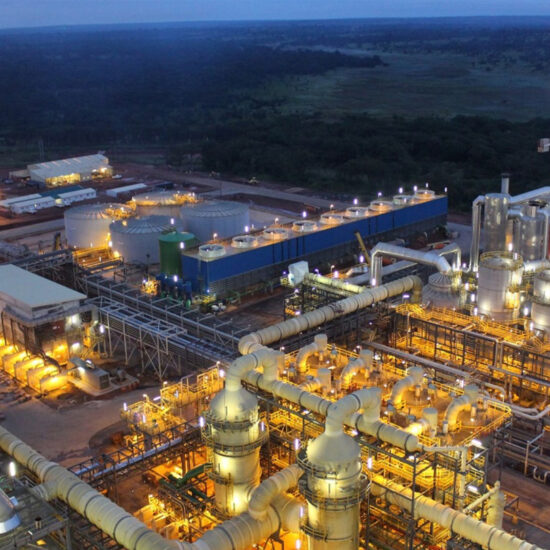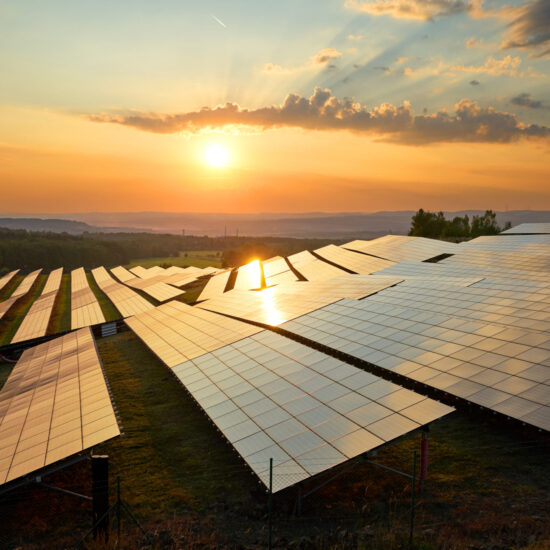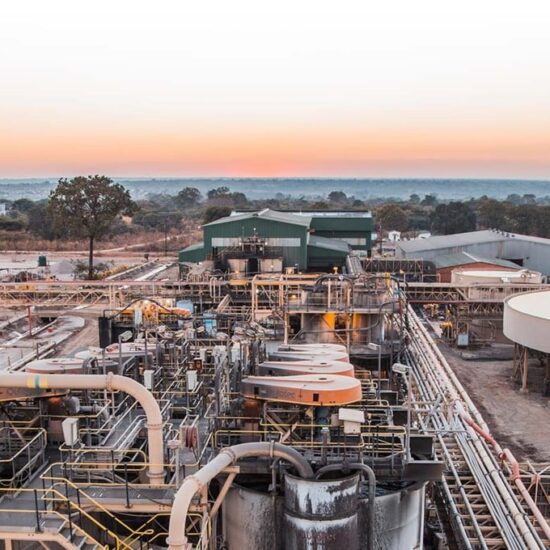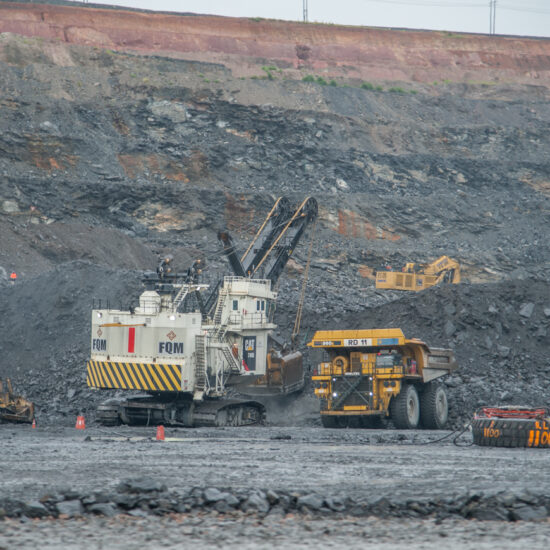
The Zambian economy which is anchored on copper exports is currently witnessing an emerging risk as global copper prices continue to slide. Despite the transition to clean energy which requires larger quantities of copper for wiring in electric vehicles (evs) and solar panels, the price of copper has continued falling on the London Metal Exchange – LME.
As of mid September 2022, a check by the Zambian Business Times-ZBT on London Metal Exchange indicated that copper prices have fallen to $7, 984 per ton. This is against global analysts projections that copper prices will rise to over $10,000 per ton in the second half of 2022, alongside a prediction that China copper demand will rise by 5% year-on-year.
Speaking in an exclusive interview with the Zambian Business Times-ZBT, Mining Expert Webby Banda has attributed the falling of copper prices to global supply and demand issues. He attributed the Copper prices falling as worries about demand in China and elsewhere due to a slowdown in growth were reinforced by rising inventories.
On 23 June 2022, analysts at Fitch Solutions revised their forecasts, suggesting copper prices could rise to average $9,470 a ton in 2022, $9,580 in 2023, and $10,400 in 2026, a much more sober revision from the buoyant projections that were expected at the beginning of the year.
This is because of the transition to clean energy which requires larger quantities of copper for wiring in electric vehicles (evs) and solar panels. The research revealed that higher crude and gas prices are raising operational costs for copper producers, but also accelerating the energy transition and in turn increasing copper demand.
Zambia exports comprise of over 70% copper and copper related products which makes the global price of the red metal to be a barometer of the Zambian economy. Efforts to diversify the economy away from copper dependence only become visible when the prices are low, with government abandoning the drive as soon as copper prices surge up.







